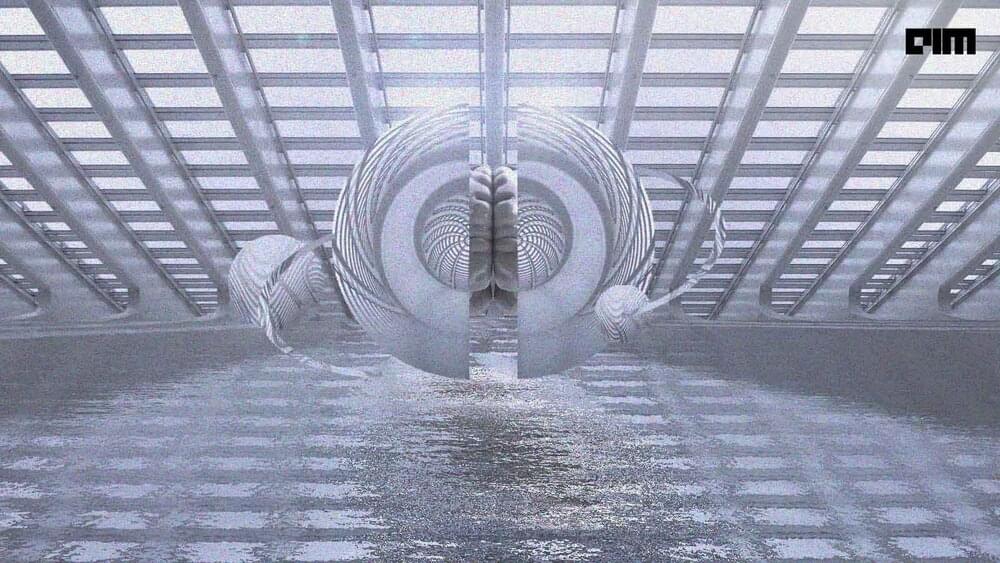Millions of lasers shot from a helicopter flying over the Amazon basin have revealed evidence of unknown settlements built by a “lost” pre-Hispanic civilization, resolving a long-standing scientific debate about whether the region could sustain a large population, a new study finds.
The findings indicate the mysterious Casarabe people — who lived in the Llanos de Mojos region of the Amazon basin between A.D. 500 and 1,400 — were much more numerous than previously thought, and that they had developed an extensive civilization that was finely adapted to the unique environment they lived in, according to the study, published online Wednesday (May 25) in the journal Nature (opens in new tab).









